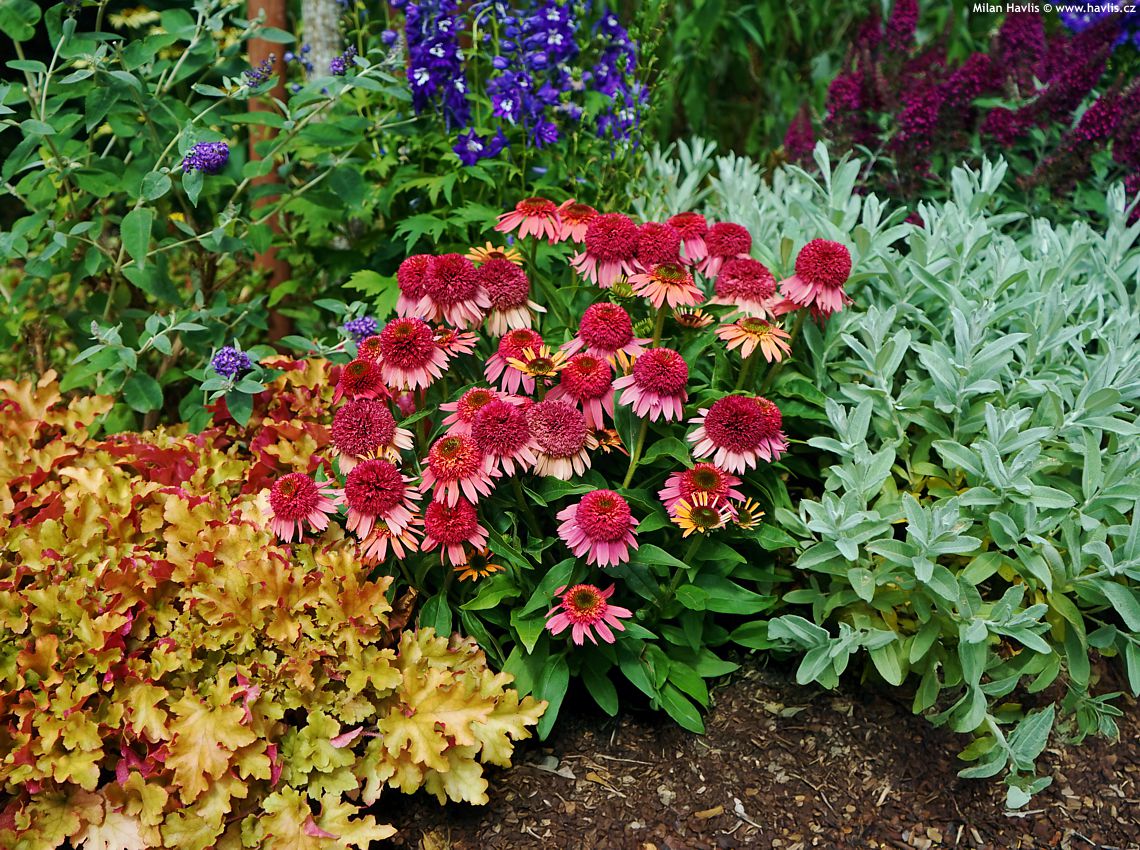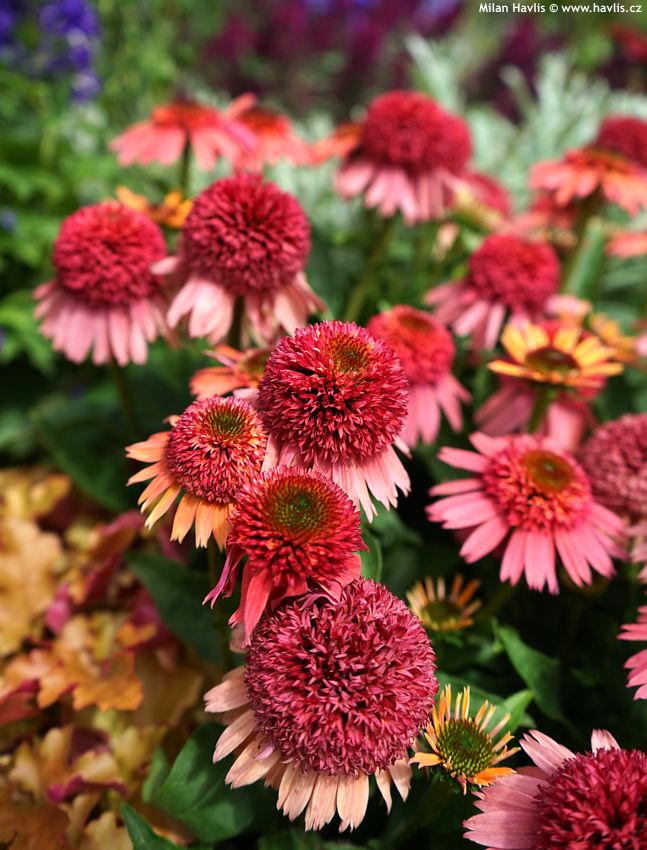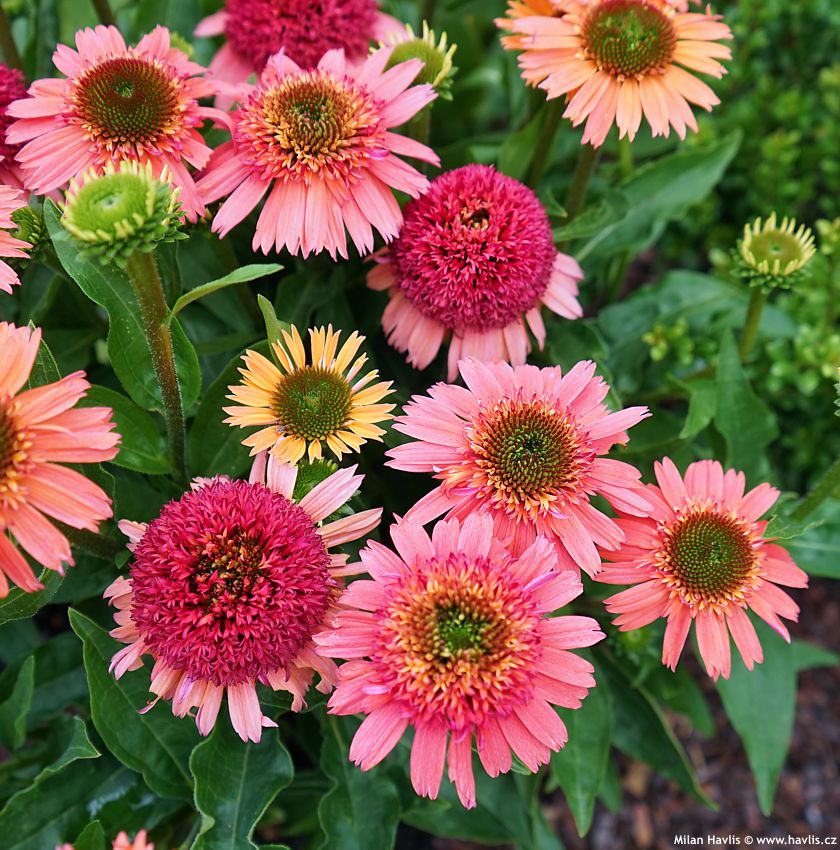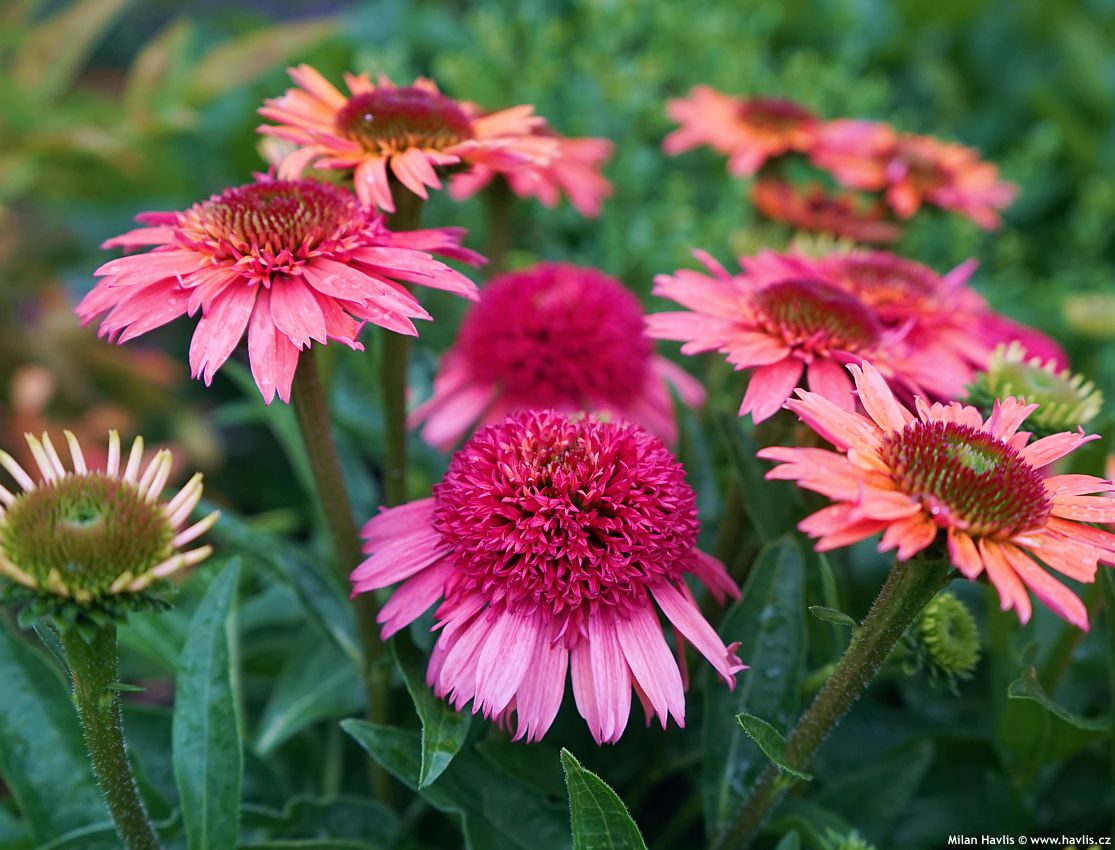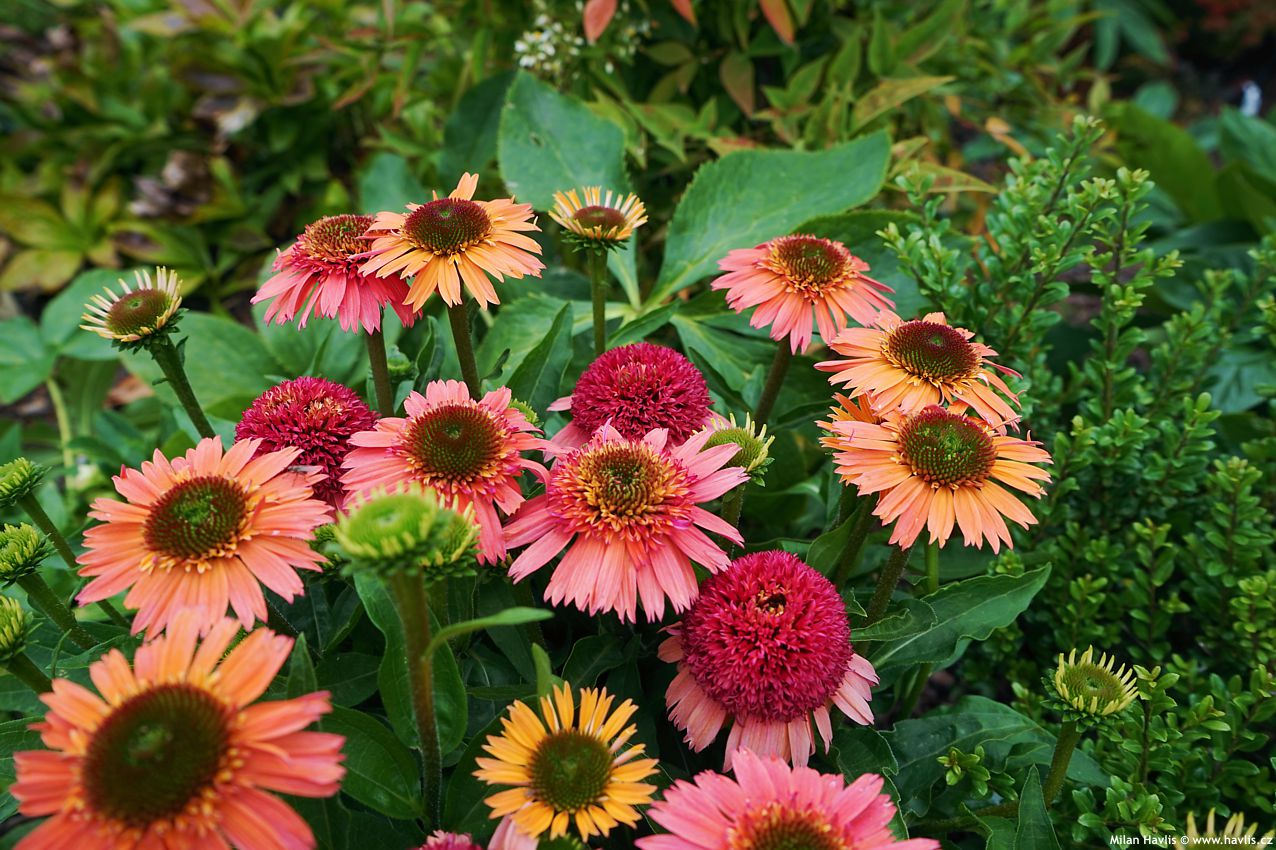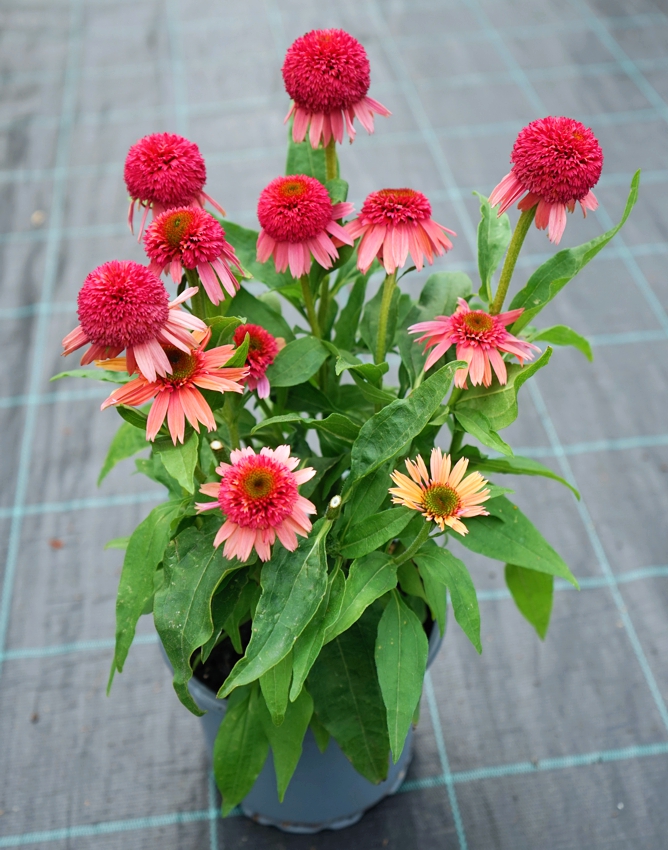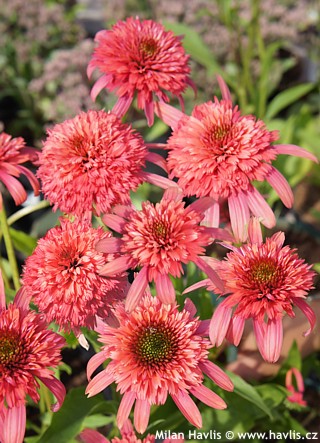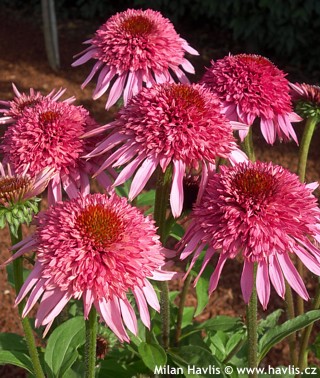Echinacea ‚Balscanery‘ DOUBLE SCOOP™ CRANBERRY coneflower
Echinacea
Echinacea, known by its common name coneflower, is a perennial plant of the North American prairies, where it has thrived for thousands of years. Fossil pollen from related members of the daisy family has been found in sediments millions of years old, meaning its foremothers grew on this continent long before the arrival of humans. The Indigenous peoples of America (including the Sioux, Comanche, and others) knew its medicinal properties and used it to relieve pain, treat inflammation, snakebites, and even rabies. The genus name comes from the Greek echinos – hedgehog – referring to the spiny, cone-shaped centre of the flower head.
Today, about nine species are recognized, the most common in cultivation being E. purpurea, along with E. paradoxa, E. pallida, and E. angustifolia. It was botanically described by the German botanist Konrad Mönch (aka Conrad Moench, 1744–1805) based on herbarium material brought to Europe by missionaries and naturalists from American expeditions. Echinacea reached Europe at the turn of the 18th and 19th centuries, but its true explosion of colour came in 1995, when E. purpurea was crossed with E. paradoxa at the Chicago Botanic Garden. The result was the very first orange cultivar named Art’s Pride, which sparked an era of vividly coloured varieties in shades ranging from delicate pastels to rich, warm tones.
Double Scoop™ is an American breeding series of double-flowered coneflowers from the program of PanAmerican Seed (Illinois, USA), created by plant breeder Jianping Ren, originally from China. Cultivars in this series are characterized by large, richly coloured blooms with a distinctive pompon-like central cone surrounded by a ring of ray florets, giving them an exceptionally lush and decorative appearance. Plants are compact, sturdy, and well-branched, with a long flowering season from early summer through to autumn.
DOUBLE SCOOP™ CRANBERRY is a double-flowered coneflower from the American Double Scoop™ series, which features cultivars with exuberant blooms reminiscent of a winter beanie 😊. At first, the flowers are flat and appear single, but soon they begin to rise and form a dense, tightly packed bloom with a prominent pompon-like centre encircled by miniature ray florets — a true “bobble” on an imaginary hat. The flower colour starts coral-orange and matures to a rich cranberry pink. Plants reach 50–60 cm in height, are compact, well-branched, and sturdy, bred for lasting performance in both garden beds and containers. They excel in colour stability, high ornamental value, and attractiveness to pollinators. Introduced to the market in 2014, this cultivar is protected by U.S. Plant Patent PP24,769 and European Plant Breeders’ Rights EU PBR 37709.
Coneflowers are beautiful, low-maintenance perennials that bloom from the first half of summer until autumn. The central discs hide nectar eagerly sought by butterflies and bumblebees. Regular deadheading, along with occasional feeding with liquid fertilizers, will extend the flowering season. Their stems are very sturdy, withstanding heavy rain and wind. They will grow in almost any well-drained, non-waterlogged soil in full sun, but dislike overly acidic conditions. Although native to the prairies, experience shows that hybrid types in particular dislike prolonged drought and appreciate extra watering during the driest parts of the year. In spring, watch out for slug invasions, which can consume much of the fresh growth – offering them beer traps is a great and effective way to lure them to a boozy demise while protecting your plants. Hardy to at least -34 °C (USDA zone 4) and requiring no winter protection.
Last update 20-08-2025
Goods are shipped all over Europe. For Russia and U.K. and for further details please read about SHIPPING OPTIONS HERE.
Are you interested in a serious discount for orders NOV-FEB? Check your options here.
THE PRICES INCLUDE VAT of 15%. For quick conversion you can use 1 CZK = approx. 0.04 EUR
- STANDARD QUALITY - Plants of this group are 1st class quality with number of branches and overall density adequate to their size and age, considering they were container grown.
- DE LUXE QUALITY - This label guarantees a luxurious quality of manually selected plants that, compared to their height and age, are exceptionally dense and beautiful.
- EXTRA - These plants are usually mature and bigger specimens with exceptional overall appearance.
- STANDARD (as described in the plant form) means a tree with a trunk of 190-210 cm and a crown at the top, unless specified differently. The commercial size for trees is their girth measured in the height of 1m from ground.
- HOBBY - These plants are of the same quality as our standard-quality plants but younger and therefore cheaper.
- SHRUB - a woody plant with branches growing bushy from the ground level.
- HALF-STANDARD or MINI-STANDARD - a small tree with shorter trunk, its size is usually specified.
- FEATHERED - These are trees with branches growing already from the base of the trunk and up along the stem.
- GRASSES and PERENNIALS - Sizes given usually read the diameter of the pot or the clump, as specified.












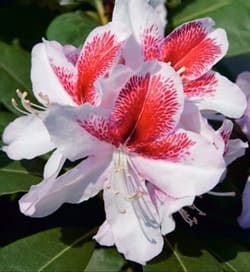



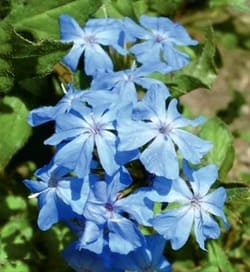
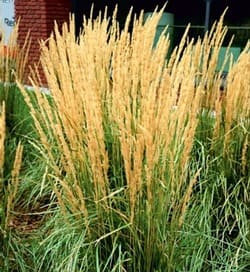
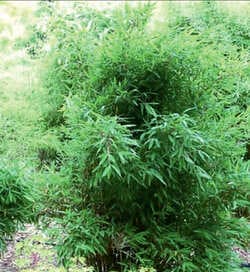
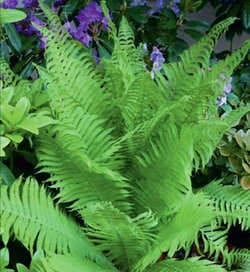





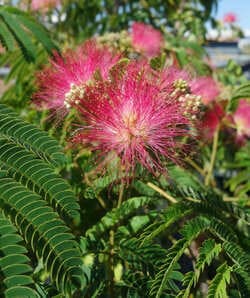
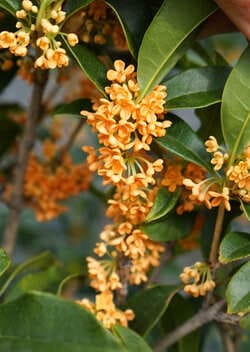



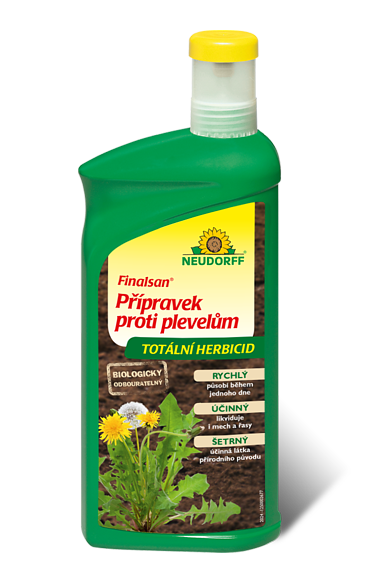


.jpg)
